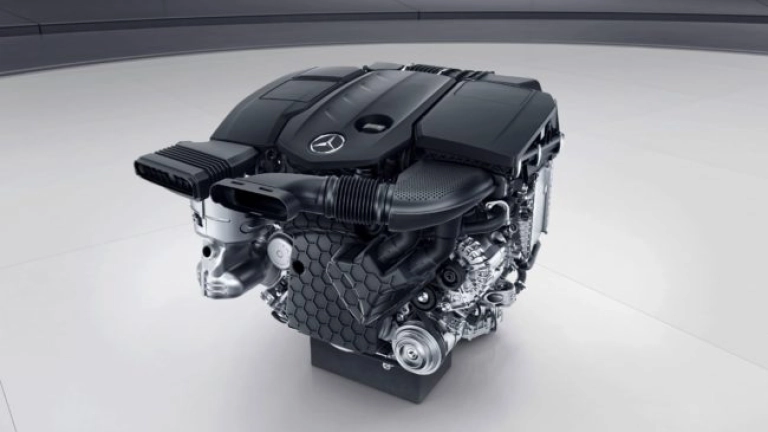Diesel engines still much cleaner than Petrol engines

In recent years, there have been more and more stereotypical assertions about diesel engines. Many of these statements are untrue: modern diesel engines offer many advantages and under certain working conditions they still have an advantage over petrol engines, both in terms of efficiency and operating costs, as well as being more environmentally friendly. As a pioneer in the field of diesel engines, Mercedes-Benz remains committed to the development of diesel drives as part of its strategy, and it has important, unbiased reasons.
In 1936 the Mercedes-Benz 260 D went into production – the first passenger car powered by a diesel engine. Since then, the automotive industry has changed a lot, but the one significant advantage of diesel engines over petrol engines has not changed – higher fuel efficiency. This translates into lower fuel consumption, which means lower operating costs and lower CO2 emissions.
Gradually reducing car emissions over the next decades would not be possible without the continuing development of diesel engines: from exhaust gas recirculation and particulate filters to the SCR catalytic reduction system. The fact is that modern diesel engines are adequately prepared to meet the stringent exhaust standards that will come into force after 2020, and the existing and envisaged traffic bans for older diesel engines does not apply to them. What is more, Mercedes-Benz engines from the latest family of diesel engines (4-cylinder OM 654 and 6-cylinder OM 656) with “fit” in future NOx emission limits – during tests in real driving conditions they achieve much lower results of oxide emission nitrogen from those obtained in the laboratory, which is confirmed by the results of independent tests.
This efficiency goes hand in hand with driving comfort: thanks to the use of a 9-speed automatic transmission and numerous operations increasing the work load, modern diesel units have silent operation and excellent torque development characteristics with a wide range of useful revolutions. Example: the most powerful 340-horsepower variant of the 2.9-liter OM 656 diesel engine under the hood of the E-Class with 4MATIC twin-axle drive allows speed from 0 to 100 km / h in just 4.9 seconds.
Of course, a diesel engine not only has to “abolish” its comparison with petrol, but also with electric drives. There is no doubt that electromobility will become more and more popular in the future. Nevertheless, it is also true that when it comes to climate protection, the latest diesels can be even better than an electric car. And that’s because the electric car is as ecological as the power source that charges it.
For this reason, Mercedes-Benz uses a multi-drive strategy for the development of drives, including both internal combustion engines, hybrid units and alternative drives. An important problem, however, is the transformation of automotive energy. Therefore, all available means should be used – apart from the battery-operated electric fuel cell, also highly efficient internal combustion engines and hybrid plug-in drives. Although it is estimated that by 2025 one in four new cars will have electric drives, the further development of conventional propulsion systems is crucial to meet the new, more stringent CO2 emission limits for new cars in Europe.
The most important thing is that this is done for the benefit of buyers, because modern diesel engines – contrary to many stereotypes – are not only ecological, but also economical and efficient.